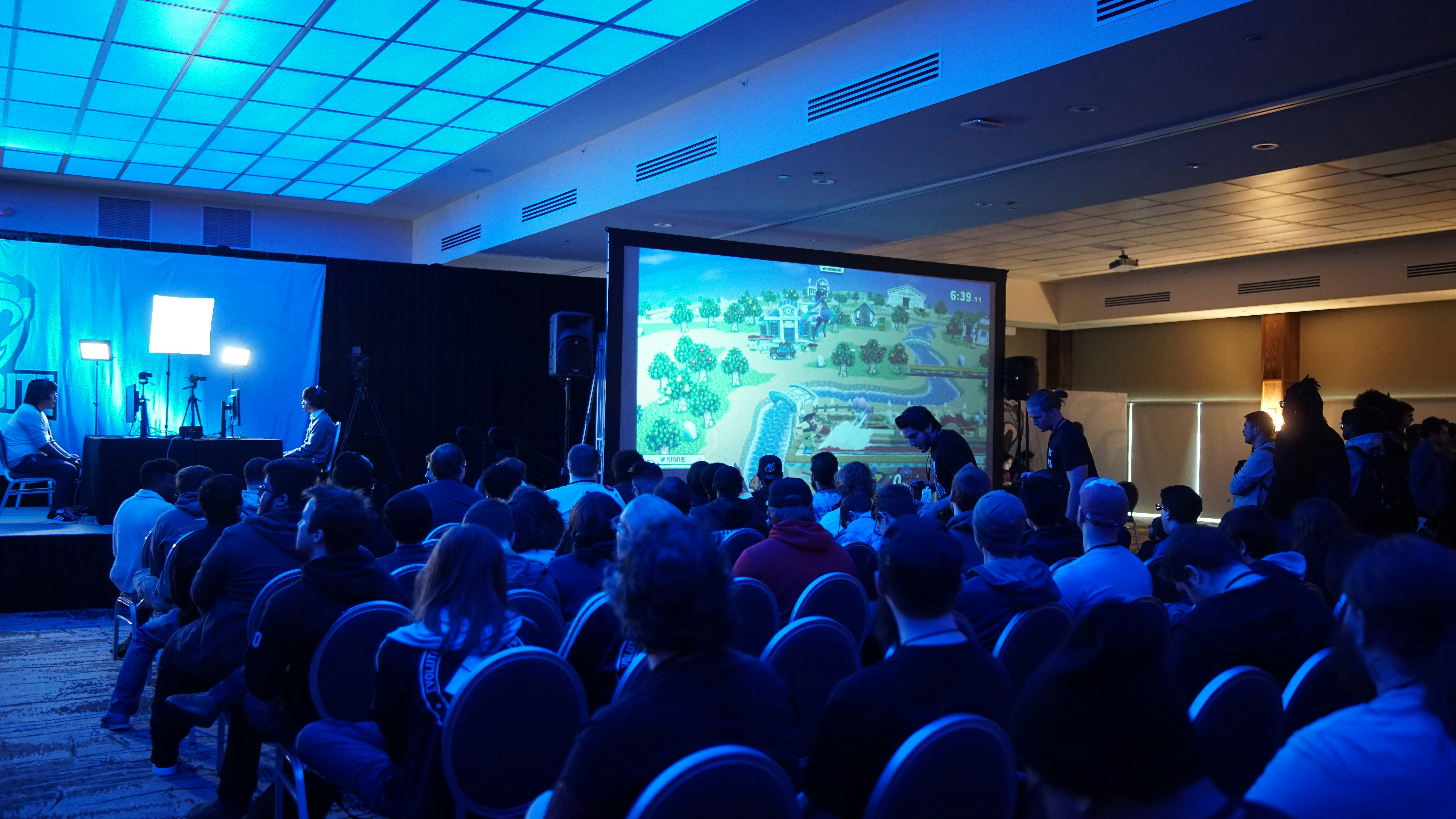Speculations on the future of Design
Here are seven end-of-the-decade speculations on the future of design.

Speculations on the future of Design
It’s nearly 2020, and we must admit that our collective reality looks nothing like what it used to back in 2010.
Siri and Alexa. 4K screen resolution. IBM’s Watson. Boston Dynamics’ Atlas. Tesla’s Cybertruck. 4D printing. 5G technology. Same-sex marriage. The #metoo movement. Greta Thunberg. Jacinda Ardern. CRISPR/Cas9. The Higgs boson. The high probability of life on Mars… The 1%. The 0.01%. The refugee crisis. The climate crisis. The biodiversity crisis. Populist politics and their consequences. Minorities, People of Colour and First Nations’ rights still being blatantly violated throughout the world.
All of these are markers of the 2010s but what will the 20s hold? Only time will tell so here goes nothing.
Here are seven end-of-the-decade speculations on the future of design.
1-Architecture—my passion—which I left back in 1995 because I did not want to design low-cost multi-res nor ostentatious abodes. Good architecture obviously exists nowadays but power often resides with developers. What happened to human-centered architecture and designing for the human scale? No-one needs a stone benchtop in their kitchen whilst their bathroom door opens into the living room.
The time is now 2030. During the 20s, the industry rebelled and freed itself from the grip of financiers. Fast and ubiquitous architecture is a remanence of the past and architects are finally able to design for respect, context, sustainability and social inclusion. Repurposing corporate towers in urban environments to instigate new societal narratives captures the zeitgeist of the time.
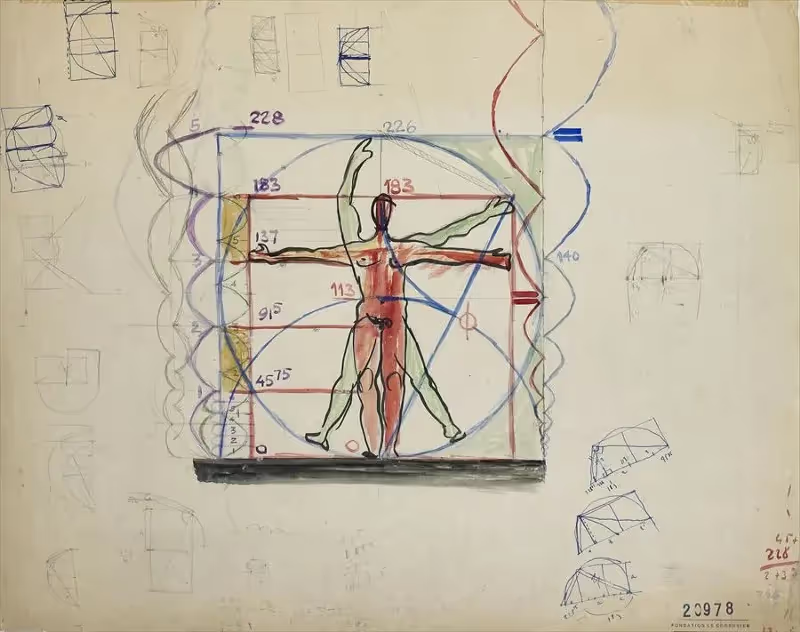
2-Sensorial Design. As the physical and digital world combined to create interactive and immersive environments, our products, accessories and spaces are responding to who we are, where we go, what we touch, feel, hear, smell and even taste. From architecture to interior and industrial to fashion design, sensescaping is the new landscaping — and form follows feelings the new mantra.

3-Communication Design. Graphic design is now an art form and most commercial brandmarks and design languages are designed by artificial intelligences. As the world around us becomes increasingly complex, animation, motion graphic, CGI and mixed reality designers are highly sought after to visually communicate everything that needs explaining.
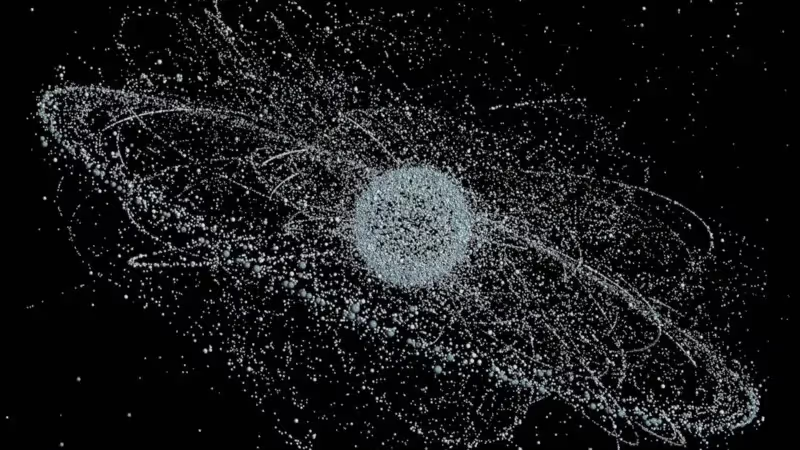
4-Critical and Speculative Design—my practice. Design is not just a form-based or problem-solving practice. As technological generations shorten from years to months, designers increasingly move towards discursive design practices to explore the environmental, social and ethical impact of past, current and emerging technologies. Critical and speculative designers build worlds filled with new products, spaces and services. These designs either provide a critique of the status quo—or bring ideas to life and help us think through the futures we need, and are proposing.

5-Robotic and Bio-Fabrication. Due to the impact of the climate crisis, Human-Decentered design — i.e. decentering the human from the design process to benefit all living species and ensure ecosystem regeneration — became a core skill of every design practice. Machine-assisted form generation, and robotic and bio-fabrication are used in every discipline, pushing designers to focus on designing the right thing rather than designing the thing right. The fact of the matter is that robots and other forms of non-human intelligence are simply better at designing for resource conservation. Meanwhile, a resurgence of the Arts and Craft industry ensures traditional making skills aren’t forgotten.
6-Circular Biodesign — also my practice — is the next step beyond biomimicry and biophilic approaches to design and fabrication. Through the use of bio-materials and living organisms, biodesign replaces industrial, mechanical or technological systems with biological processes — an approach becoming more and more important under the pressure of the climate crisis.
2030: the physical world around us becomes alive! Or at least fully biodegradable. Genetics and biology basics are taught in design schools and designers grow materials instead of mining them. New bio-material libraries are popping up everywhere and DNA coding becomes yet another tool for any up and coming creative technologist.
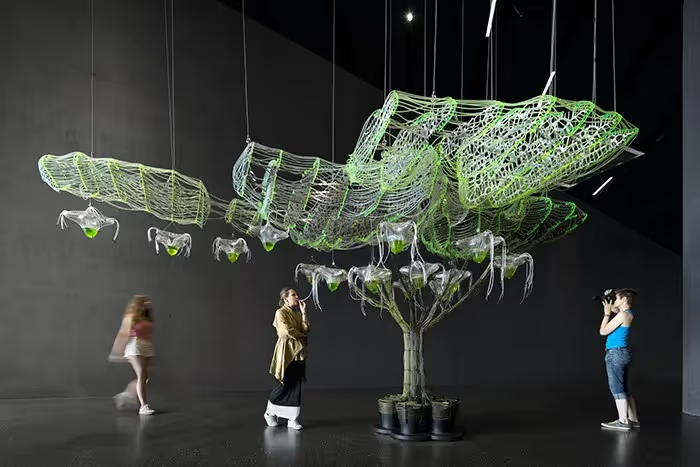
7-Bionic Design. Anchored in the belief that life can evolve beyond its current physical and mental limitations, we see the emergence of new technologies enabling everything from body enhancements to improve performance and longevity—e.g. smart organs, in vivo wearables—to designer’s pets. Jurassic Park becomes real although it’s called Anthropocene Park; and its conservation approach is focused on reviving the species we’ve lost to economical growth since the start of the industrial era. As society relaxes to the concept of transhumanism, these designs open the door to much debates on the future of life and humankind.
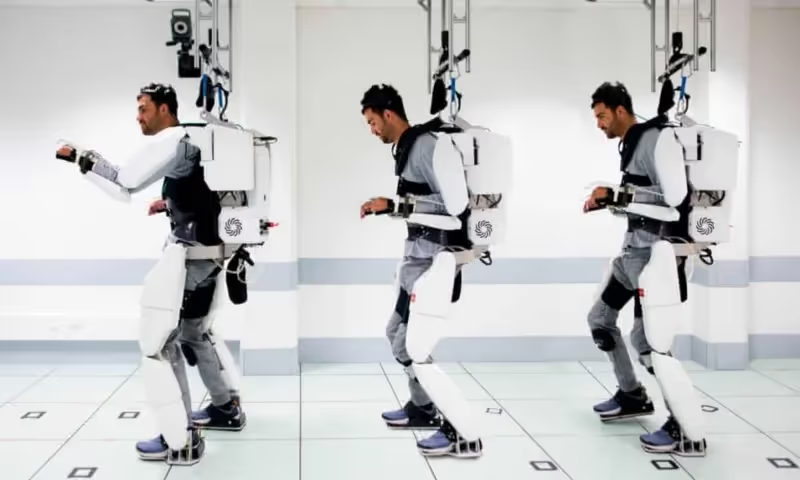
Dr Olivier Cotsaftis is a post-disciplinary designer navigating the spaces between presents, futures, fictions, and realities. At RMIT University School of Design, his research addresses socio-ecological innovation in more-than-human heterotopias. Ollie is also the founder and creative director of future ensemble studio and the co-founder of Speculative Futures Melbourne — the Melbourne Chapter of The Design Futures Initiative. Most recently, Ollie joined the editorial board of Research Methods: Biotechnology Design (Cambridge Press, UK).
.png)

